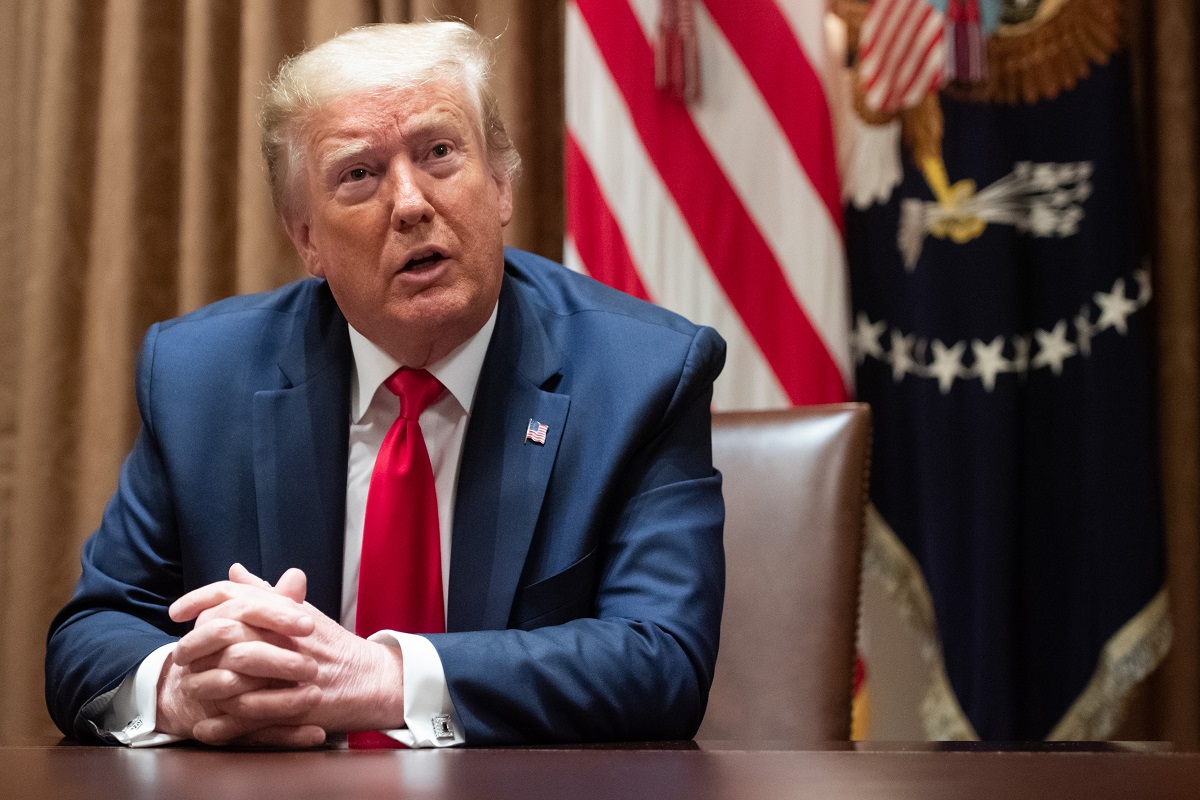America’s Protest Movement: Look Squarely at the Roots of Injustice
(Japan) on 4 June 2020
by (link to original)
Demonstrations occurred in cities across America in response to the death of a black man in Minnesota after an assault by a white policeman. It’s been compared to the situation after Dr. Martin Luther King’s assassination in the 1960s.
President Donald Trump condemned the protests as “domestic terrorism” when he learned that some had turned violent. He is projecting a stern posture and won’t even hesitate to deploy troops on behalf of the federal government.
Violence and looting certainly cannot be accepted. Restoring order is essential, but almost all of the protests are peaceful. Ignoring the roots of popular anger and simply emphasizing repression will cast many good citizens as enemies and will only deepen divisions.
The U.S. government and Congress should lend their ears to the protests and ask why these incidents keep happening and what they should do to reform. They must not resort to violence against their citizens.
In the background, racism’s roots run deep. In America, even after World War II, discrimination was open and institutionalized, particularly in southern states. The civil rights movement of the 1950s and ’60s was not discouraged by oppression and won the legal abolition of discrimination.
Yet, inequality is still grave. According to the National Association for the Advancement of Colored People, the incarceration rate for black people is five times the rate for whites. Still, it says that the chances of a black man without a criminal record getting a job interview are less than that of a white man with one.
While over 100,000 Americans have died in the coronavirus disaster, the proportion of black deaths is far higher, in comparison to their proportion of the overall population. The disaster has made longstanding discrimination obvious and probably ignited the incidents.
Demonstrations continue with the chant “Black Lives Matter,” but their participants transcend race and generations. There are reports of police in many places making sympathetic gestures, and the victim’s younger brother called for peaceful action.
Populism that takes advantage of social fault lines as Trump has done may be prominent, but a new citizen mentality that prefers solidarity is also coming to fruition. America’s troubled society is caught in the midst of these clashing tides.
Former President Barack Obama addressed the young in an essay, “How to Make This Moment the Turning Point for Real Change.” Raise your voice in the streets and vote in your local elections, it says. Protest and political participation will together produce change.
Along with this movement in America, there have been sympathetic movements in Europe, Australia, Africa, etc. If the young can call out together at the blink of an eye for justice — whether in economic equity or the immigration issue — that must be one aspect of the era of globalization.

